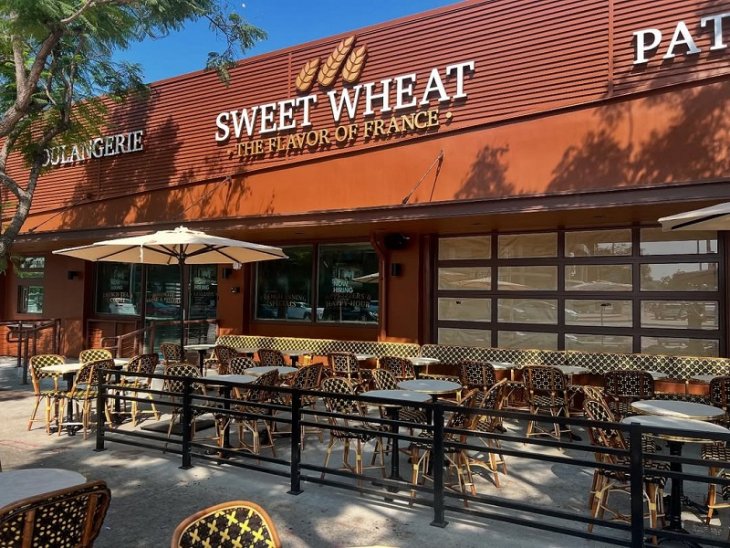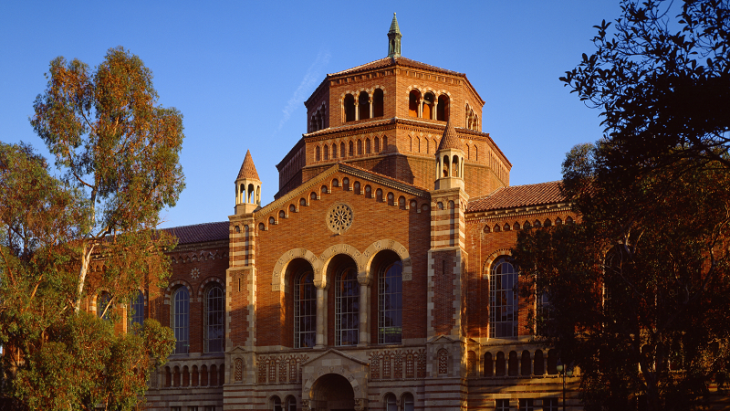
Conditions in the Santa Monica Bay have shown progress in categories such as water resources management and improved habitat conditions resulting from restoration efforts, according to a five-year report released Thursday.
The Santa Monica Bay National Estuary Program’s State of the Bay 2015 report — published in a special issue of Urban Coast — calls attention to strides made in improving the bay and outlines issues the group claims still needs to be done.
Among those issues are calls to recognize the impact of a continuously growing Southland population on bay habitat areas.
Key findings of the report include:
— There has been marked improvement in the ecosystem of habitat regions such as the Malibu Lagoon and Palos Verde Kelp Forest.
— Levels of harmful bacteria found on Santa Monica Bay beaches have been greatly reduced due to local municipalities’ efforts to reduce runoff and improve water quality.
— Agencies and organizations working in the bay have shown increased coordination in water resource management, cooperating on issues like the drought and water pollution.
— The “soft-bottom” habitat of the bay continues to improve. No dead zones are reported, primarily due to reductions in chemical and mercury concentrations in the sediment, coupled with considerable reduction in wastewater settlement since the 1980s.
— Beaches as habitats are being negatively impacted by human traffic and man-made barriers.
— The numerous creeks and streams in the Santa Monica Bay watershed continue to be impacted by pollution as heavy metals, toxins, chmicals and trash erode creeks and streams ability to support healthy ecosystems.





















